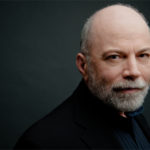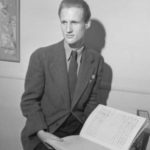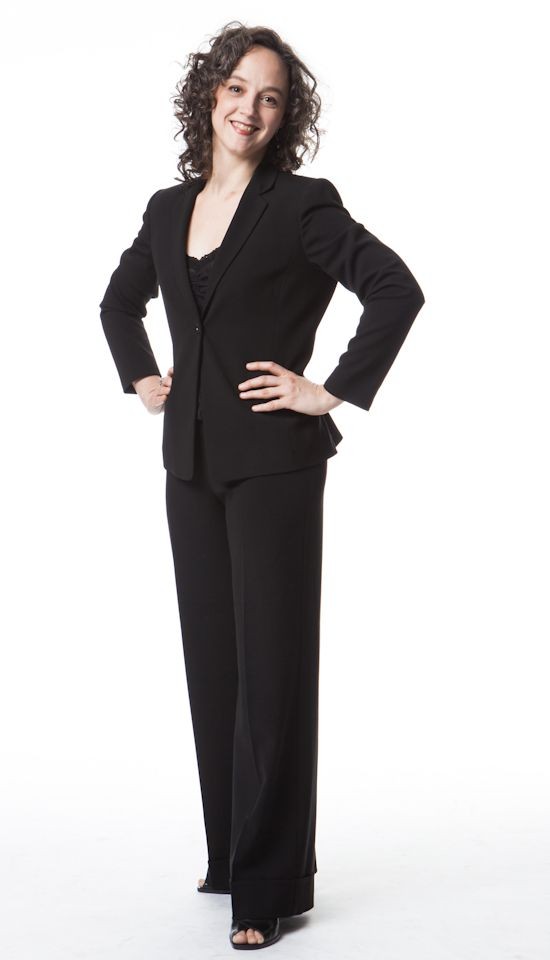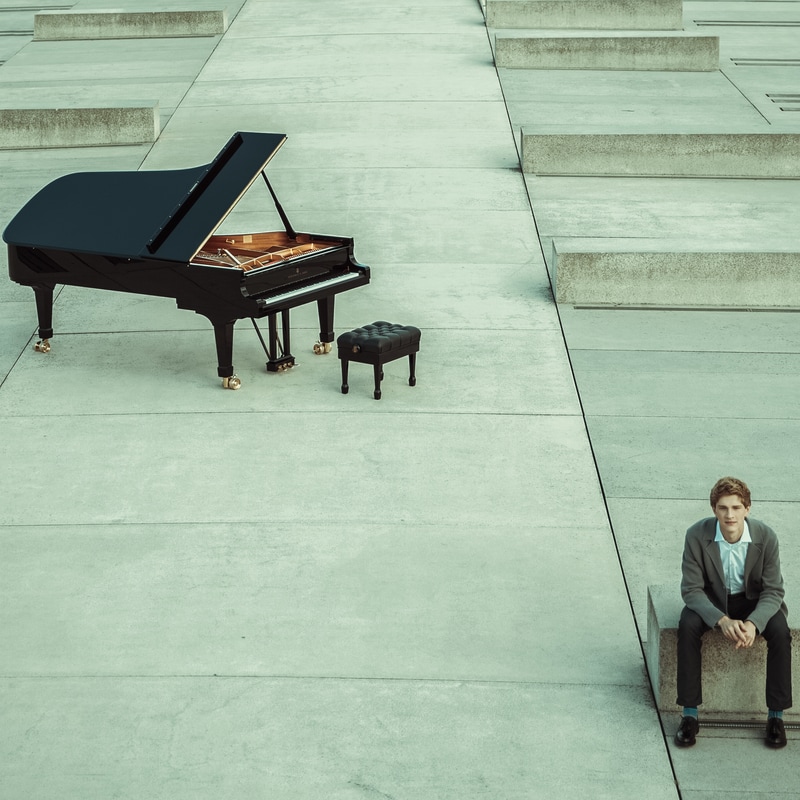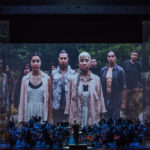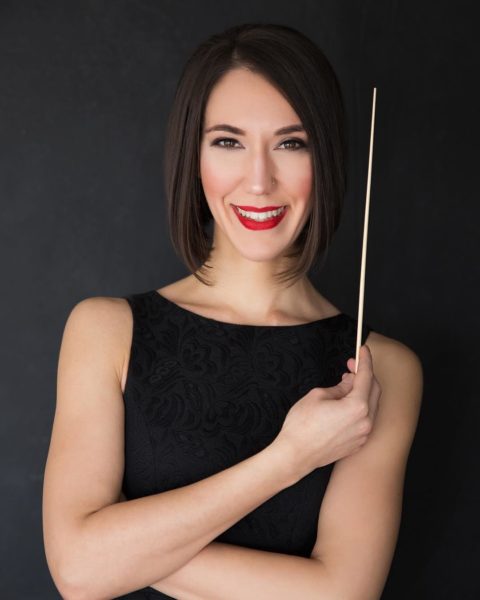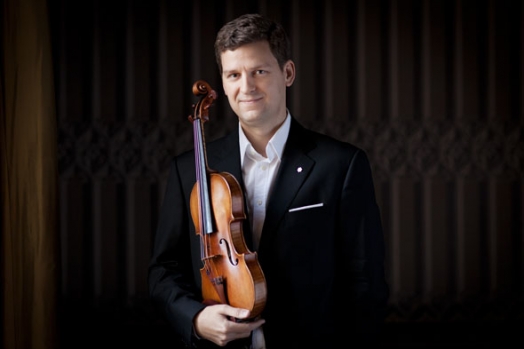 Co-commissioned by the Thunder Bay Symphony Orchestra and Symphony Nova Scotia with a grant from the Ontario Arts Council, Thunder Drum is a work for small orchestra and audio playback. (The audio playback is delivered from a MIDI keyboard.) Although the music of the outer movements is reminiscent of Western European 19th Century music and of more recent epic film sountracks, the underlying theme is informed by a vision of human prehistory expounded by the American mystic Edgar Cayce related to the shifting fortunes of what has been traditionally known as the “red race”, the native inhabitants of the north and central regions of the American continent. A great and lasting influence in my thinking and artistic imagination, Edgar Cayce (1877 – 1945) had mentioned in several of his trance utterances that the antediluvian world we know through legend as “Atlantis” was an advanced civilization dominated by the “red race” which had reached knowledge and technological heights comparable to our own. It fell spectacularly, having pushed its unquenchable thirst for ever increasing energy and power to ecological havoc, as our current civilization too is in danger of reaching with an exponentially increasing likelihood.
Co-commissioned by the Thunder Bay Symphony Orchestra and Symphony Nova Scotia with a grant from the Ontario Arts Council, Thunder Drum is a work for small orchestra and audio playback. (The audio playback is delivered from a MIDI keyboard.) Although the music of the outer movements is reminiscent of Western European 19th Century music and of more recent epic film sountracks, the underlying theme is informed by a vision of human prehistory expounded by the American mystic Edgar Cayce related to the shifting fortunes of what has been traditionally known as the “red race”, the native inhabitants of the north and central regions of the American continent. A great and lasting influence in my thinking and artistic imagination, Edgar Cayce (1877 – 1945) had mentioned in several of his trance utterances that the antediluvian world we know through legend as “Atlantis” was an advanced civilization dominated by the “red race” which had reached knowledge and technological heights comparable to our own. It fell spectacularly, having pushed its unquenchable thirst for ever increasing energy and power to ecological havoc, as our current civilization too is in danger of reaching with an exponentially increasing likelihood.
Elegy for a Lost World, the first movement of Thunder Drum, is a musical meditation on this loss, which is traumatically felt by our collective psyche as deep seated memory, in spite of the absence of any external evidence for the existence and loss of such an advanced civilization in our collective past. Beginning and developing along 19th Century European common harmonic and melodic practice (another vanishing world), the music is a vague reminiscence of a two-theme classical sonata form. Rising and then falling, the first lament-like theme is occasionally succeeded by another of serene reminiscence whose infrequent appearance only serves to highlight the sense of loss represented by the first theme. This melodic/harmonic discourse is gradually overtaken by denser chromaticism and accompanying musical tension, exacerbated by the technological “fly by” sound effects of the playback audio which are becoming ever more prominent. The movement concludes with a Beethovenesque tragic cadence.
Games, the second movement, is a great leap to the present moment. The industrial like “quantized” loops in the playback audio with their unexpected twists and turns are combined with pre-recorded samples by Inuit throat singer Tanya Tagaq, one of the world’s best known Inuit artists, (used by permission from a recording session with Tanya for our collaboration on the ballet Going Home Star: Truth and Reconciliation). This sonic background constantly challenges an agile orchestra to technically rise to its unpredictable rhythmic demands, a task increasingly frustrated by metric modulations and other devices of rhythmic complexity. Fiendishly challenging for the conductor to keep the orchestra and the playback together, this erratic and increasingly aggressive movement ends with a series of short modal melodic gestures, which are rather foreign to the otherwise consistent sonic world of this movement but presages the thematic material of the third movement
Without any pause, Reconstitution, the third movement, begins quietly with a timid thematic development of the aggressive modal gestures that concluded the previous movement. They are in quintuple meter, the number five being a numerological indicator of human strife and aggression (pentagon, pentagram, etc.). The music once more picks up pace and energy and, this time around, it ends in an epic, triumphant but also hollow ending with the opening theme of Thunder Drum modulating to an altered major-like mode. In the aftermath of this triumphant conclusion, however, the two modes, the major and the minor are constantly alternating, suggesting an ambivalence and incompleteness that needs to be mediated upon in a future compositional essay. As history teaches us repeatedly, the phenomenon of the oppressed rising to power and dominance only creates a new imbalance of oppressors and oppressed with roles simply reversed, unless a deeper understanding of human purpose is learned through this macro-historical exercise. While rising to dominance may look and sound like historical justice, it does not address humanity’s deeper challenges and aspirations: of each and every one of us becoming our “brother’s keeper”; of treating others as we would have them treat us—the deeper (and perhaps only) Christian message.
